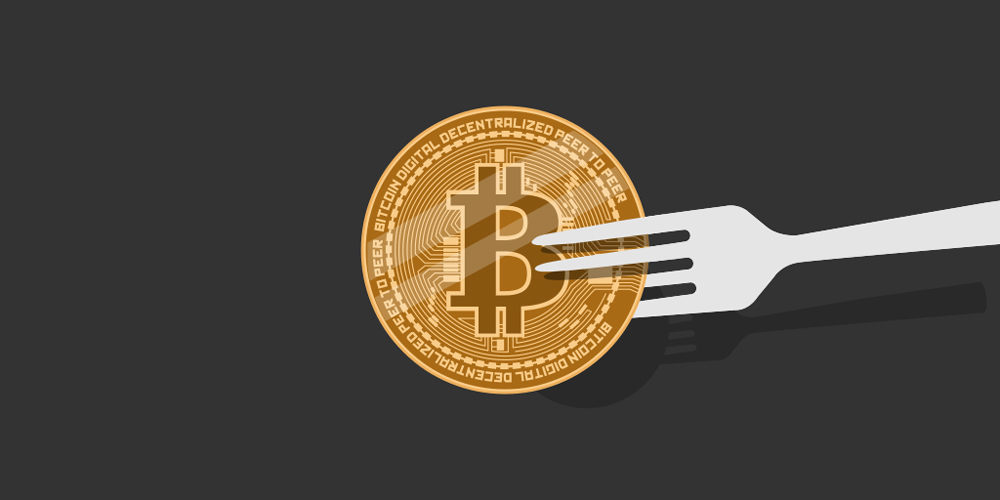2017 has been a roller coaster for the cryptocurrency market. The newcomers Set the style high and made some extraordinary price corrections. Bitcoin has grown our 1000% in just 12 months. This was still not enough to make people run from the original printing.
The great Bitcoin fork was a quiet success why they shouldn't be. Is there a reason why a lot of the problems were solved? The fun fact is the size of each block on Bitcoin. Blockchain, who's around one MB? This was a limitation. Hindered the transaction sent per sec.
So over the past two years, various fixes have been suggested as the crypto world became increasingly unhappy with the problems the Bitcoin protocol was experiencing.
In 2017, Segregated Witness made headlines by suggesting two modifications to the Bitcoin blockchain. The soft fork, which went into effect in August 2017, splits a Bitcoin transaction's data in half and moves the signature or "witness" material to the conclusion of the transaction, significantly shrinking the size of a transaction and accelerating the network.
The first cryptocurrency, bitcoin, was invented by a secretive software developer under the identity of Satoshi Nakamoto. The software was launched in early 2009. Since then, hundreds of additional digital currencies have been inspired by bitcoin, giving it an enormous global appeal.
Many of the technologies used by these cryptocurrencies were already present in Satoshi's original program and vision. Others adopt the bitcoin paradigm and modify it or make an effort to improve it.
Bitcoin has occasionally given rise to variants that share the same fundamental idea and software but are different from the original. The bitcoin protocol has experienced a procedure known as forking in these circumstances.
Bitcoin itself is split into two separate entities through forking. Since the creation of bitcoin, there have been numerous forks, but only a few have become successful projects.

SegWit2x's removal resulted in an inevitable conflict between the two sides. Both "Core," which vehemently opposed the hard fork proposal, and "large blockers," who were adamant that increasing block would only further solve scalability, were involved.
As a result, on August 1, 2017, the Bitcoin Blockchain forked, resulting in the birth of Bitcoin Cash. There has been a lot of discussion surrounding Bitcoin Cash, as never-ending arguments from both sides have matched the physical fork.
The real Bitcoin,' according to early Bitcoin investors like Roger Ver, is Bitcoin Cash since it adheres to Satoshi Nakamoto's original whitepaper.
Nevertheless, as Bitcoin Cash approaches its six-month anniversary, concerns about a pumping and dumping scenario have diminished.
Even though there are obvious distinctions between the two cryptocurrencies, support at platforms like Coinbase shows that the latter is gaining popularity – notwithstanding the turmoil surrounding its December 2017 GDAX debut.
It is becoming more and more obvious that Bitcoin is here to stay, and its continued existence may put a stop to discussions about a true SegWit2x rebirth on the Bitcoin network. Bitcoin has definitely made a great change. In the financial market. The true benefits are yet to be determined.